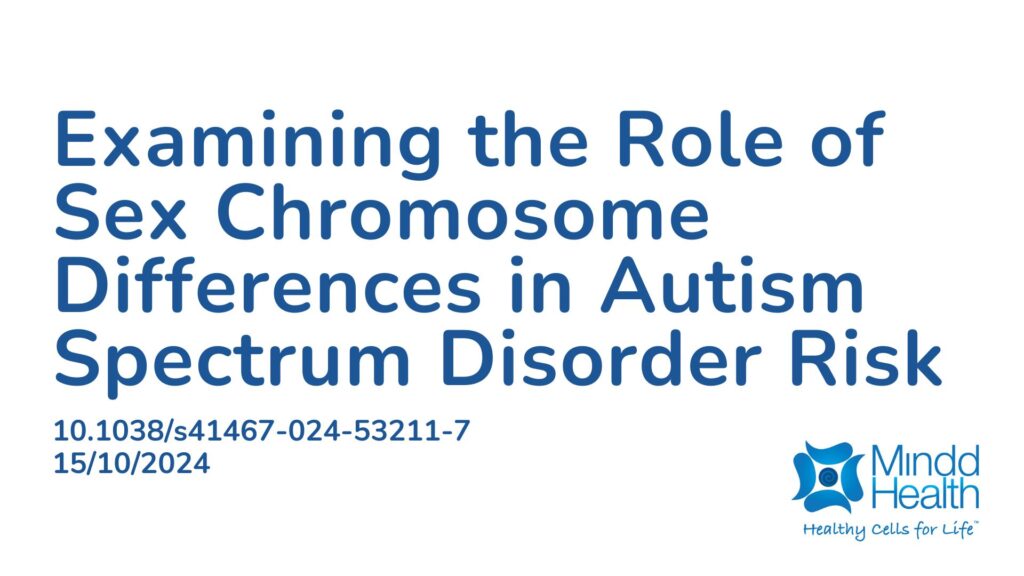Summary:
Autism spectrum disorder (ASD) is a neurodevelopmental condition that affects social interaction, communication, and behavior. Males are 3.8 times more likely to be diagnosed than females. A theory called the “female protective effect” suggests that females require a greater genetic or environmental risk to develop ASD compared to males. However, recent research has challenged the female protective effect, indicating the need for alternative explanations for the sex differences in ASD. One approach involves studying sex chromosome aneuploidies (SCAs), where individuals have an abnormal number of X or Y chromosomes. SCAs are common and are associated with an increased risk of neurodevelopmental disorders, including ASD. This study aimed to test this theory by conducting a meta-analysis to compare findings across different datasets. The researchers also examined how SCAs relate to cognitive performance and social factors in larger population studies. They focused on three components: the extra Y effect, the extra X effect, and sex chromosome insufficiencies. The findings showed that an extra Y chromosome significantly increased ASD risk more than an extra X chromosome. The results also revealed that females missing an X chromosome had a high risk of ASD, confirming that sex chromosome insufficiency is a strong risk factor. These findings provide a better understanding of how X and Y chromosome numbers affect ASD risk and could guide future research into the genetic factors behind the sex differences in ASD rates.
Abstract:
A female protective effect has long been postulated as the primary explanation for the four-fold increase of autism spectrum disorder (ASD) diagnoses in males versus females. However, genetic and epidemiological investigations of this hypothesis have so far failed to explain the large difference in ASD prevalence between the sexes. To address this knowledge gap, we examined sex chromosome aneuploidy in a large ASD case-control cohort to evaluate the relationship between X and Y chromosome dosage and ASD risk. From these data, we modeled three relationships between sex chromosome dosage and ASD risk: the extra Y effect, the extra X effect, and sex chromosome haploinsufficiency. We found that the extra Y effect increased ASD risk significantly more than the extra X effect. Among females, we observed a large association between 45, X and ASD, confirming sex chromosome haploinsufficiency as a strong ASD risk factor. These results provide a framework for understanding the relationship between X and Y chromosome dosage on ASD, which may inform future research investigating genomic contributors to the observed sex difference.
Article Publication Date: 15/10/2024
DOI: 10.1038/s41467-024-53211-7



